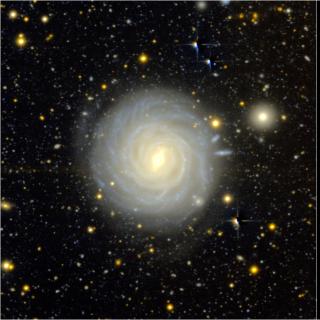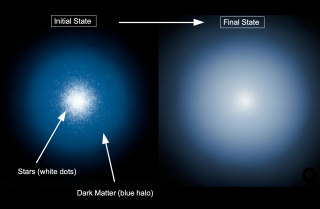
A new study published in Astronomy & Astrophysics unveils a powerful way to determine the size of dark matter haloes—the massive, invisible structures that host galaxies—by simply measuring how large galaxies appear in deep astronomical images. Researchers Ignacio Trujillo and Claudio Dalla Vecchia, from the Instituto de Astrofísica de Canarias (IAC) and the Universidad de La Laguna (ULL), demonstrate that galaxy size can serve as a precise proxy for halo size, offering measurements up to six times more accurate than previous methods. Using the cutting-edge EAGLE cosmological simulations
Advertised on




